The Gender Pay Gap – Draft Guidance Published
The Government has for some time been saying that businesses should account for the differential in pay which is received by women when compared with men. In a move to act on this, the Government and ACAS (Advisory, Conciliation and Arbitration Service) have produced draft guidance on managing gender pay reporting in the private and voluntary sectors. This is intended to help employers with complying with new gender pay gap reporting obligations, which are under the Equality Act 2010 (Gender Pay Gap Information) Regulations 2017.
The figures are to be published every year. It is anticipated that the Regulations will be brought into force on 6 April 2017. The Regulations will make provision for employers with at least 250 employees to calculate and report on the difference between men’s and women’s average hourly pay.
In the guidance there is an exploration of what the gender pay gap is and how workplaces contribute to it. It is notable that the gap tends to be higher in industry sectors such as finance, energy and construction sectors, and lower in sectors such as public administration, support services and health and social work.
The results must be published in places which are generally accessible to the public so the employers will have to place the information on their own websites and a government site. This allows the public, customers, employees and potential future recruits to monitor the company’s data. Employers must take action to ensure compliance and eliminate their gender pay gaps if they are to avoid claims for unequal pay in the Employment Tribunal. They will also want to ensure that they will be able to recruit the best and the talented by ensuring there are no pay differentials based on sex.
Employers will have up to 12 months to publish this information. There is also an explanation of how gender pay reporting should ideally be carried out. It provides five steps which employers should follow;
- obtain details of figures such as the pay, bonuses and weekly working hours of its male and female employees known as “essential information”
- carry out the necessary calculations, to assess the (mean and median) gender pay gap
- confirm by making a supporting statement that the published information is accurate
- publish the gender pay information; and
- take steps to ensure plans are implemented to manage the gender pay gap, such as developing initiatives to encourage female mentoring and development.
An employer must publish six calculations showing their:
- average gender pay gap as a mean average
- average gender pay gap as a median average
- average bonus gender pay gap as a mean average
- average bonus gender pay gap as a median average
- proportion of males receiving a bonus payment and proportion of females receiving a bonus payment
- proportion of males and females when divided into four groups ordered from lowest to highest pay.

June Salmon
June joined Bates Wells & Braithwaite in 2015 and is a specialist employment law solicitor.
June has over 20 years of litigation and employment law expertise gained first in private practice and later in her role as an employment lawyer in a local authority in London where she dealt with highly complex tribunal cases including TUPE matters, sex, race and disability discrimination claims.
Outside of work June is a governor of a local sixth form college and enjoys a busy family life.
T: 01787 880440 | E: JuneSalmon@bwblegal.com

